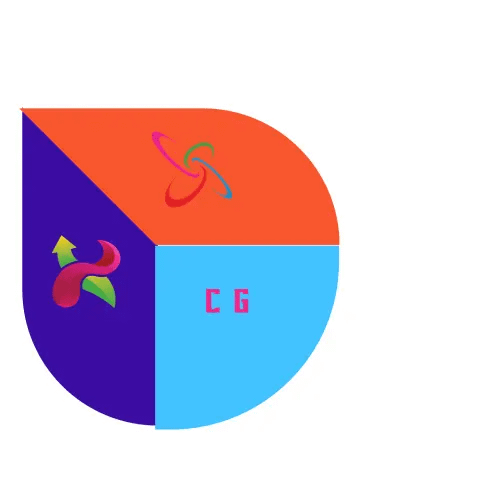
Phaser Free Download
Key Details
Phaser is a fast and open-source 2D game framework for building games that run in web browsers. It is written in JavaScript and uses the Canvas and WebGL rendering technologies. Here are some key details about the Phaser gaming engine:
1. **Open Source:** Phaser is an open-source framework released under the MIT License, allowing developers to use, modify, and distribute the code freely.
2. **JavaScript-Based:** Phaser is primarily built using JavaScript, making it accessible for web developers who are already familiar with the language.
3. **2D Game Development:** It is specifically designed for 2D game development, providing a range of features and tools tailored for creating 2D games efficiently.
4. **Canvas and WebGL Rendering:** Phaser utilizes both Canvas and WebGL rendering technologies, offering flexibility and performance optimization depending on the platform and device.
5. **Community and Documentation:** Phaser has an active and supportive community, and comprehensive documentation is available. This helps developers troubleshoot issues, learn the framework, and collaborate with others.
6. **Phaser CE (Community Edition):** Phaser has a community-driven edition known as Phaser CE, which is a continuation of the original framework with additional features and improvements contributed by the community.
7. **Plugin System:** Phaser has a modular architecture with a robust plugin system, allowing developers to extend and customize the framework based on their specific needs.
8. **Game Physics:** Phaser provides built-in support for various physics engines, including Arcade Physics and Matter.js, making it easier to handle collision detection, movement, and other physical interactions in games.
9. **Tilemaps and Sprites:** It supports tilemaps for creating game worlds and managing large levels efficiently. Additionally, it offers a powerful sprite system for handling animated characters and objects.
10. **Input Handling:** Phaser includes a flexible input system that can handle various input devices, including keyboards, mice, and touchscreens, making it suitable for both desktop and mobile game development.
11. **Sound and Music:** The framework provides features for handling sound effects and music, allowing developers to integrate audio elements seamlessly into their games.
12. **Cross-Platform Compatibility:** Phaser games can be deployed on various platforms and devices, thanks to its web-based nature. This includes desktop browsers, mobile browsers, and hybrid mobile applications using frameworks like Apache Cordova.
Overall, Phaser is a versatile and user-friendly framework that empowers developers to create engaging 2D games for the web, making it a popular choice for both hobbyists and professional game developers.
How to use
Using the Phaser gaming engine involves several steps, including setting up your development environment, creating a game structure, and utilizing the framework’s features. Below is a general guide on how to use Phaser for game development:
### 1. **Installation:**
– Download the Phaser library from the official website.
### 2. **Setting Up Your Development Environment:**
– Set up a development environment with a code editor (e.g., Visual Studio Code) and a local server (e.g., using Node.js or Python) to test your games locally.
### 3. **Creating a Basic Phaser Game:**
– Create an HTML file with a canvas element:
– Create a JavaScript file (e.g., `game.js`) to initialize and configure your Phaser game.
4. **Asset Loading:**
– Use the `preload` function to load assets like images and sounds before the game starts.
### 5. **Creating Game Objects:**
– Use the `create` function to set up game objects like sprites, text, and groups.
### 6. **Implementing Game Logic:**
– Use the `update` function to implement game logic, such as handling user input, collisions, and animations.“`
### 7. **Testing and Debugging:**
– Test your game locally by running the development server and use browser developer tools for debugging.
### 8. **Deployment:**
– Once satisfied, deploy your Phaser game by hosting it on a web server or platforms that support web games.
### 9. **Documentation and Community:**
– Refer to the Phaser documentation and community forums for additional guidance, examples, and support.
This is a basic guide, and as you become more familiar with Phaser, you can explore its extensive features, plugins, and advanced capabilities for creating diverse and interactive 2D games.
